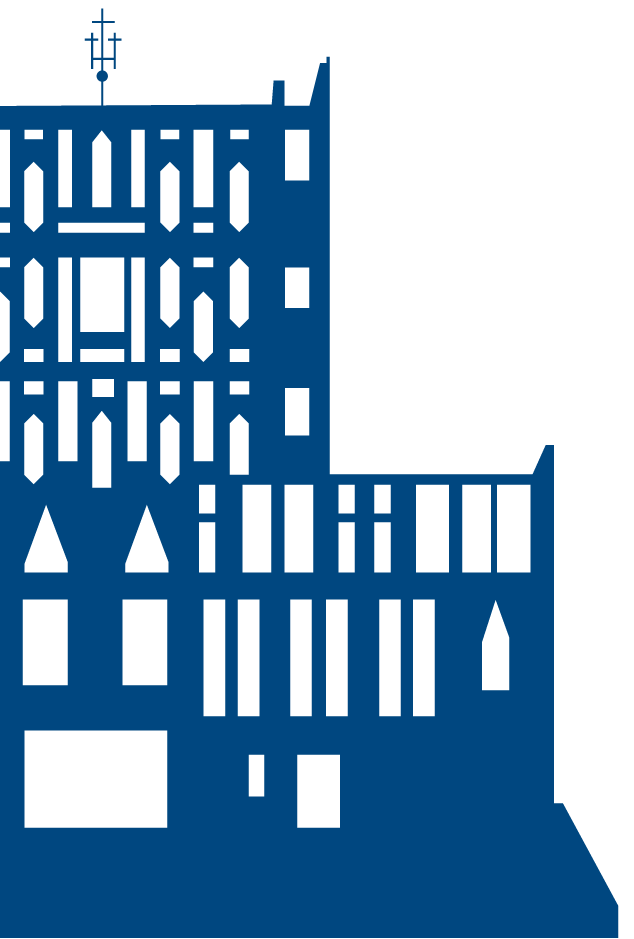Home > Itineraries > Village
23 attractors
The town planning of Taranto, so complex but somehow still simple, is unique in its kind. Taranto is a city made up of towns and villages. “Village” is the perfect path to discover the historical and artistic beauties of an urban fabric without equal.
Piazza Archita, 74123 Taranto TA
Built following the Decree of King Ferdinand IV of Bourbon to house the orphans of the city, the large palace was the seat of institutions, the court and the Archita high school in which Aldo Moro also studied.
Piazza Ebalia, 10, 74123 Taranto TA
Inaugurated in 1942 to a design by the architect Bazzani, it is currently the seat of the Faculty of Medicine of Taranto.
Piazza Papa Giovanni XXIII, 74123 Taranto TA
Built in the second half of the 1500s, the Church of Carmine, remodeled several times over the years, preserves many valuable pieces of art and the simulacra of the Procession of the Mysteries.
Via Regina Elena, 44, 74123 Taranto TA
Consecrated in 1623 but remodeled several times, the Church of San Francesco di Paola preserves important artistic works. It is one of the stops made during the procession of the Mysteries of Taranto.
Via Pitagora, 32, 74123 Taranto TA
Consecrated in 1794, the Church of San Pasquale Baylon is characterized by the façade designed by Bazzani in 1937, but also by the many works of art preserved inside of it.
Via SS. Annunziata, 74123 Taranto TA
Consecrated in 1669, the former Church of Santa Teresa al Borgo, now dedicated to the Holy Crucifix, preserves valuable pieces of art, including a crucifix (defined as miraculous) from the early 1600s.
Via Luigi Viola, 5, 74123 Taranto TA
The ancient convent (built by Giovanni Orsini del Balzo in the 15th century) has undergone many changes over the history until it eventually hosted the prison of the city. It is currently the seat of the Archaeological Superintendence.
Via Anfiteatro, 11, 74123 Taranto TA
Built at the end of the nineteenth century (in a neoclassical style with some Art Nouveau influences) it belonged to the noble family of D'Ayala Valva.
Via Anfiteatro, 4, 74123 Taranto TA
Built on a project by Armando Brasini, the Government Palace was built to house the headquarters of the Prefecture, the Police Headquarters and the Province. It was inaugurated by Benito Mussolini in 1934.
Via Vincenzo Pupino, 1, 74123 Taranto TA
The Historical Garden of the Military Hospital, which occupies part of the eighteenth-century park of the Villino di Santa Lucia, hosts a roman chapel from the late Republican era.
Via Cavour, 51, 74123 Taranto TA
Built by Angelo Cecinato at the end of the 19th century, this small Neo-Gothic chapel is dedicated to San Francesco di Paola.
Piazza della Vittoria, 74123 Taranto TA
Built on a project by Cesare Bazzani, the Monument to the Fallen of the First World War was inaugurated by King Vittorio Emanuele III in 1930.
Piazza Ebalia, 74123 Taranto TA
Inaugurated in 1953 to a design by the architect Brunetti, the monumental fountain in Piazza Ebalia represents the "Rose of the Winds".
Piazza Maria Immacolata, 74123 Taranto TA
Originally dedicated to Giordano Bruno, Piazza Maria Immacolata is one of the most iconic squares in Taranto.
Corso Vittorio Emanuele II, 74123 Taranto TA
Designed by Cesare Bazzani and inaugurated in 1937, the Post Office Building is one of the highest examples of Italian architecture of the fascist era.
Lungomare Vittorio Emanuele III 74123 Taranto TA
Built in 1928 on a project by F. Bonavolta, the Promenade of Taranto is embellished by the monumental architectures of the fascist era signed by important architects of the time.
Lungomare Vittorio Emanuele III, 74123 Taranto TA
This spectacular semicircular square overlooking the sea, capable of holding more than fifty thousand people, was the site of the "oceanic gatherings" during the fascist regime.
Via Pitagora, 32, 74123 Taranto TA
Attached to the Church of San Pasquale Baylon, the Sant’Egidio Art Gallery houses important paintings from the Neapolitan school, sacred furnishings and treasures.
Lungomare Vittorio Emanuele III, 32, 74123 Taranto TA
Inaugurated in 1937 on a project by Cesare Bazzani, the former House of Fascism in Taranto preserves an important pictorial cycle by Mario Prayer.
Via Cavour, 10, 74123 Taranto TA
MarTa, the National Archaeological Museum of Taranto, is one of the most important archaeological museums in the world. Established In 1887, it occupies part of the eighteenth-century convent of the Alcantarini.
Corso Due Mari, 74123 Taranto TA
Made in 1974, thi monument depicts a couple of sailors in the act of greeting the ships passing through the Navigable Canal. It is a tribute to the victims of the military attack that the Italian Navy fleet suffered on the night between 11 and 12 November 1940.
Piazza Ammiraglio Pasquale Leonardi Cattolica, 74123 Taranto TA
Inaugurated by King Umberto I in 1889, the Military Navy Yard of Taranto hosts the "Historical Crafts Exhibition" which preserves important historical objects and military and war relics.
Ponte S. Francesco da Paola, 74121 Taranto TA
Built in 1481 to improve the defense of the Aragonese Castle and ensure the passage of small boats, the Navigable Canal was further enlarged in the second half of the 1800s to allow the ships of the Navy to access the Small Sea. The current Swing Bridge was built in 1957.
Utilizzando il sito, accetti l'utilizzo dei cookie da parte nostra. maggiori informazioni
Questo sito utilizza i cookie per fornire la migliore esperienza di navigazione possibile. Continuando a utilizzare questo sito senza modificare le impostazioni dei cookie o cliccando su "Accetta" permetti il loro utilizzo.

